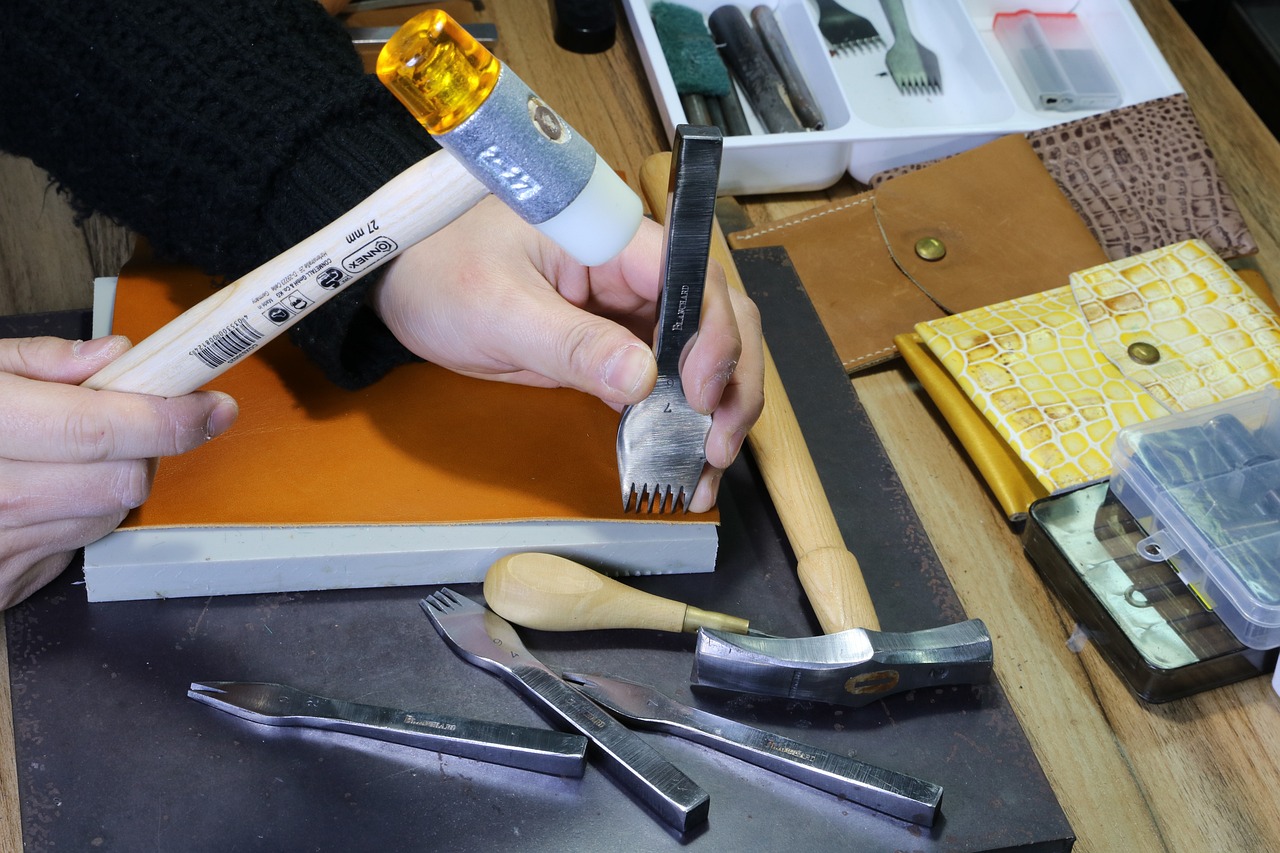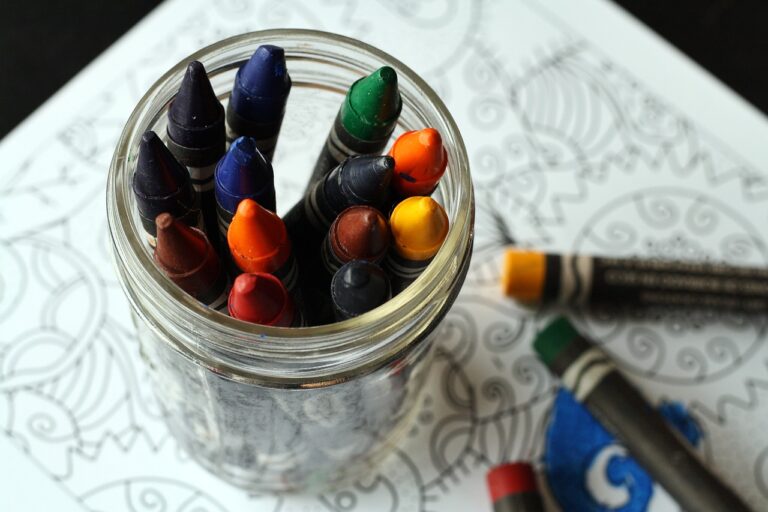Restorative Practices in the Classroom: Building Relationships and Resilience
Restorative practices focus on restoring relationships rather than punitive measures. Through open communication, active listening, and empathy, individuals involved in a conflict are given the opportunity to express their feelings and perspectives in a safe environment. This approach seeks to address the harm caused, understand the root causes of the behavior, and find resolutions that promote accountability and healing.
Another key component of restorative practices is the emphasis on inclusivity and collaboration. Creating a sense of community and belonging is essential in cultivating a culture where all voices are valued and respected. By involving all stakeholders in the process, whether it be students, teachers, or parents, restorative practices promote shared decision-making and foster a sense of responsibility towards upholding communal values and norms.
Benefits of Building Relationships in the Classroom
Building strong relationships in the classroom is essential for creating a positive learning environment. When teachers take the time to establish connections with their students, trust is built, and students feel supported and valued. This leads to improved student engagement and participation in class activities, as they feel more comfortable expressing their thoughts and opinions.
Moreover, strong teacher-student relationships have been shown to enhance academic performance. When students feel connected to their teachers, they are more motivated to succeed academically. Teachers who build positive relationships with their students are better able to understand their individual learning needs and provide the necessary support and encouragement for them to excel. Ultimately, fostering these relationships not only benefits students academically but also contributes to their overall social and emotional development.
Strategies for Fostering Positive Teacher-Student Relationships
Creating an environment conducive to positive teacher-student relationships is essential for fostering student engagement and academic success. One effective strategy is to actively listen to students, showing genuine interest in their thoughts and feelings. By demonstrating empathy and understanding, teachers can build trust and rapport with their students, laying the foundation for a supportive and collaborative relationship.
In addition, maintaining open and clear communication channels is key to fostering positive teacher-student relationships. Encouraging students to express their thoughts and concerns freely helps in addressing potential issues early on and prevents misunderstandings. By being approachable and responsive, teachers can nurture a sense of belonging and respect within the classroom, leading to a more conducive learning environment for all.
What are restorative practices and why are they important in building positive teacher-student relationships?
Restorative practices focus on building and maintaining relationships, fostering a sense of community, and addressing conflicts in a healthy and constructive manner. They are important in building positive teacher-student relationships because they emphasize empathy, communication, and accountability.
What are some benefits of building strong relationships in the classroom?
Some benefits of building strong relationships in the classroom include increased student engagement, improved academic performance, enhanced classroom management, and a positive school climate.
How can teachers foster positive relationships with their students?
Teachers can foster positive relationships with their students by showing empathy, actively listening to their concerns, providing support and encouragement, setting clear expectations, and creating a positive and inclusive classroom environment.
What can teachers do to address conflicts and build trust with their students?
Teachers can address conflicts and build trust with their students by using restorative practices, communicating openly and honestly, seeking to understand the students’ perspectives, and working together to find mutually acceptable solutions.
How can teachers promote a sense of community and belonging in their classrooms?
Teachers can promote a sense of community and belonging in their classrooms by creating opportunities for collaboration and teamwork, celebrating diversity, encouraging positive interactions among students, and fostering a supportive and inclusive learning environment.







